One of my greatest inspirations in photography over the last three years has been Liam Wong, a Scottish photographer who is amongst other things, a graphic designer, game developer and art director. He started off with games design and in 2014 took to photography after finding himself in Tokyo on a promo tour for a game he’d been involved with.

His influences are obvious to me and he documents this in his debut monograph TO:KY:00. Game Producer – Hideo Kojima, graphic illustrator – Syd Mead, movie director-Ridley Scott, movie director-Gaspar Noe and author-William Gibson are mentioned with callouts to movies, games, anime and comic books. Blade Runner is a movie that I watched in my early twenties and the world that Ridley Scott developed and captured on film in the 1980s. It has influenced me in my creative output and my taste for media ever since. Other movies that utilise “Cyberpunk” imagery and style are also included in my list of influences, and Wong’s books TO:KY:00 and After Dark both feature similar artworks.

His practice as a photographer is influenced by these references and as a result of the works in these two books he has featured in worldwide news and publications. He refers to using a Canon DSLR during his travels in Tokyo and used it on Auto mode whilst he was learning how to control the camera himself and pick up techniques needed to improve.
Wong explains “When I wander the streets I am often looking for ways in which subjects overlap, particularly through lines and geometry…”. This is also the way I think when I am walking along with my camera, juxtapositions of subjects, themes and situations.
He also uses music as an influence and listens through headphones whilst walking along making photographs. Some of his photographs are titled with the song he was listening to at the time, such as Memories Of Green (a Vangelis track from Blade Runner soundtrack) or Shadow on the Sun ( a track by Soundgarden). Personally I would not use music in headphones or earphones when walking around a city as I like to be aware of my surroundings, but I do find myself singing or humming music as I see a prompt or cue in the environment.
In his book After Dark, Wong goes further with his use of visual styles based on movies and has even created a book in a “widescreen 16:9” format to make it appear more cinematic. One shot of a Taxi driver (pg 26) he specifically calls out as being inspired by Michael Mann’s movie Collateral and you do get the feeling of a movie still being presented to you.
Wong also classes himself as a pluviophile, someone who loves rain. Many of his nighttime photographs rely on rain in the air, or on the ground to create reflections of the lights and scenery above the ground level. These photos have a magic-realism type of feeling in that they look hyper real and almost too perfect. These are similar to digital game graphics, with the stylised appearance being too good to be true.
Colours are another facet of Wong’s style, he groups images together based on their colour and luminosity. Many of his photos use a red/blue/purple palette with bright neon lights which is typical of 80s retro and cyberpunk imagery. He ties all these components together to compile a collection of connected photographs in his books.
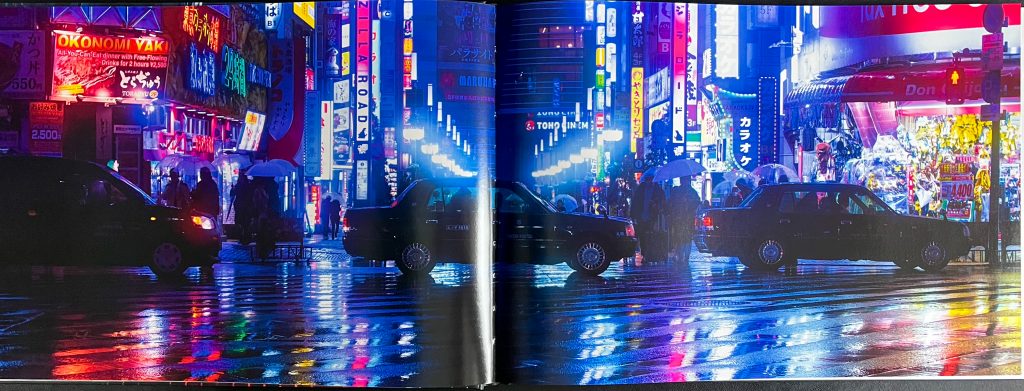
Analysing his work I can see a lack of faces so that if a person is in the photo they are anonymous generally. He prefers to use silhouettes or the rear aspect of people walking away from him. This might be to avoid confrontation and remain comfortable with a secret photo. It may be that he wants people in the photos to not be the subject, almost as if they are Non-Payer Characters (NPC) in a video game. His notes on the books highlight that he spends a lot of his time shooting, on his own and his happy in his own company. This is similar to my own practice where I prefer to be unrestricted and not having to apologise for a diversion that adds an hour onto a walk from one place to another.
He has an eye for the reflective surface, be it a window or wet floor surface and this doubles the light in the photograph for the viewer, filling the frame with detail to be inspected with a close scrutiny. He invites the viewer to get ever closer to the images and pulls them in to read a sign in the distance, or see what is happening in the background. These types of details are again relevant to games design and trying to encourage a “stay mentality” to keep you engaged with a page for longer.
His images capture some of the cliched parts of a city but he does it in a way that doesn’t feel like a holiday snap and more like a fine art photograph with great composition and consideration to the overall image and contents. A photo of Tokyo Tower, the Eiffel Tower or the Colosseum in After Dark are taken from an angle not seen very often in any medium and as such appear as novel to the viewer who may have seen these places but never from this perspective.

I’ve used one of his images for my visual analysis in my contextual assignment based on the word “Atmosphere” but there could be many images that I might have used for this purpose. He creates photographs that capture a city view that allows us to leech into the paper and become a part of the city in the dark and rain. Some of the images captured I have found transported me straight back to the location and the time to imagine I’m hearing the soundscape that would have been there at the time.
He uses the format of the book in After Dark to represent a movie screen for landscape photos and cleverly turns the images on their sides to portray a very tall image. These tall images generally provide a sense of verticality that causes the viewer to feel smaller and more insignificant in comparison to the location. Tall tower blocks with balconies, air con condensers, net curtains, lights and all the signs of human habitation add to a general sense of people living on top of one another in the cramped conditions, reliant on fabricated weather in their abodes to remain comfortable.
`This verticality is switched around for the widescreen landscape format images and we become totally engrossed in the landscape in front of us. We can see a wide angle in front of us, with a single figure on a platform or under an umbrella we feel how lonely they might be, experiencing a solitude. This goes back to Wong tending to shoot alone also, maybe this permeates into his photographs and doesn’t want to overfill a frame with many people.
Some of my favourite photos of Wong’s have no people in at all, and it’s just a city scape providing a context for any people that might turn up in the mix. His photos that have people’s faces in tend to be detailed and show people living their lives carrying out their jobs, whether it be a taxi driver, a yakitori chef or police officer. It feels to me as though he is trying to represent the normal people of the city, the cogs that turn in the background keeping the machinery of the city operating smoothly.
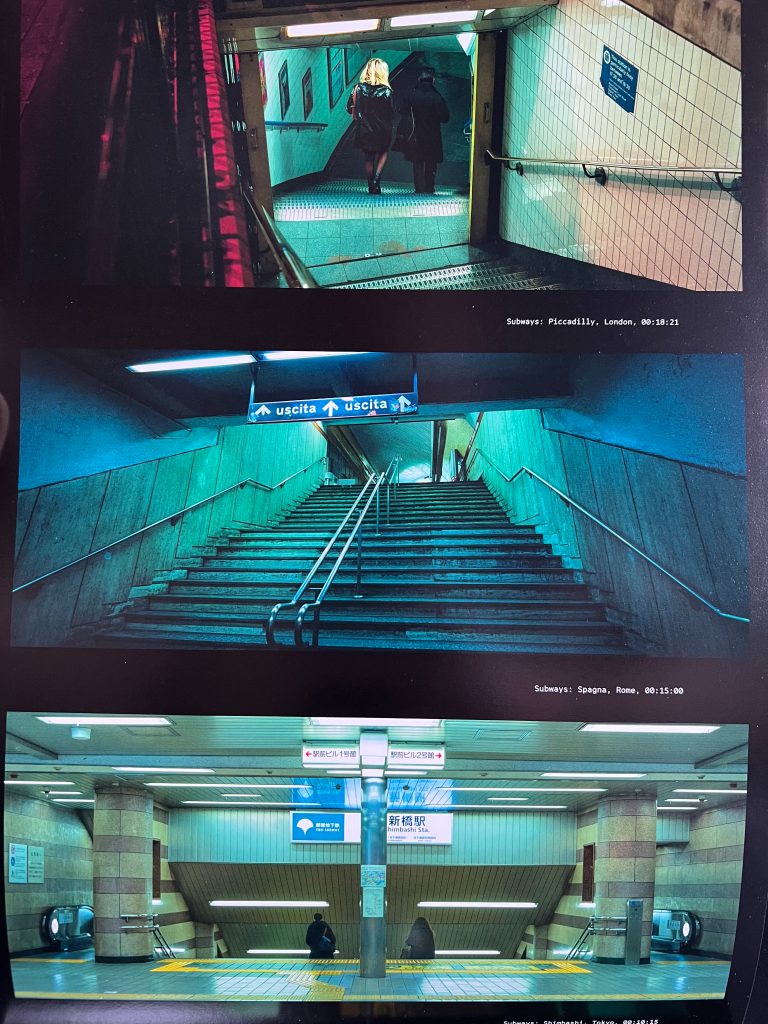
Discussing his work with him on instagram he also pointed me at the works of Masataka Nakano and his book Tokyo Nobody which was an influence for him. I’ve picked this book up off ebay and it’s an incredible work of ten years to catch areas of Tokyo with not a single soul appearing in the photographs. Whilst I was in Tokyo Photographic Museum Of Art in January ’24 I picked up Nakano’s book called Windows which shows the scenes of Tokyo, through windows of buildings or the room he is in with the contents of the window being visible also. I can see how Wong was influenced by some of this work to include few people in the images, and to capture scenes of the city from unusual angles.
Wong’s work has led me to take a trip to Japan, as mentioned previously, to see if I could capture some similar images and play with the lighting and the palette of colours. I spent a week wandering around the city, visiting many places that both Wong and Nakano have made images of. The walking around in the city, anonymous but obviously standing out for my appearance as a 6’2″ overweight European. The city streets are noisy and filled with people and activities that are not necessarily anything I’d see in the UK, even London, and it was interesting to try and find images that interest me as well as could appear in a book of photos if I chose to make one of my journey. I wouldn’t necessarily go out to copy Wong or Nakano but their inspiration led me to the place. One of the issues I suffered with was a lack of rain, this left me with few reflections, save for windows and glass on cars etc. I wished that it had rained at least for one of the nights that I was there.
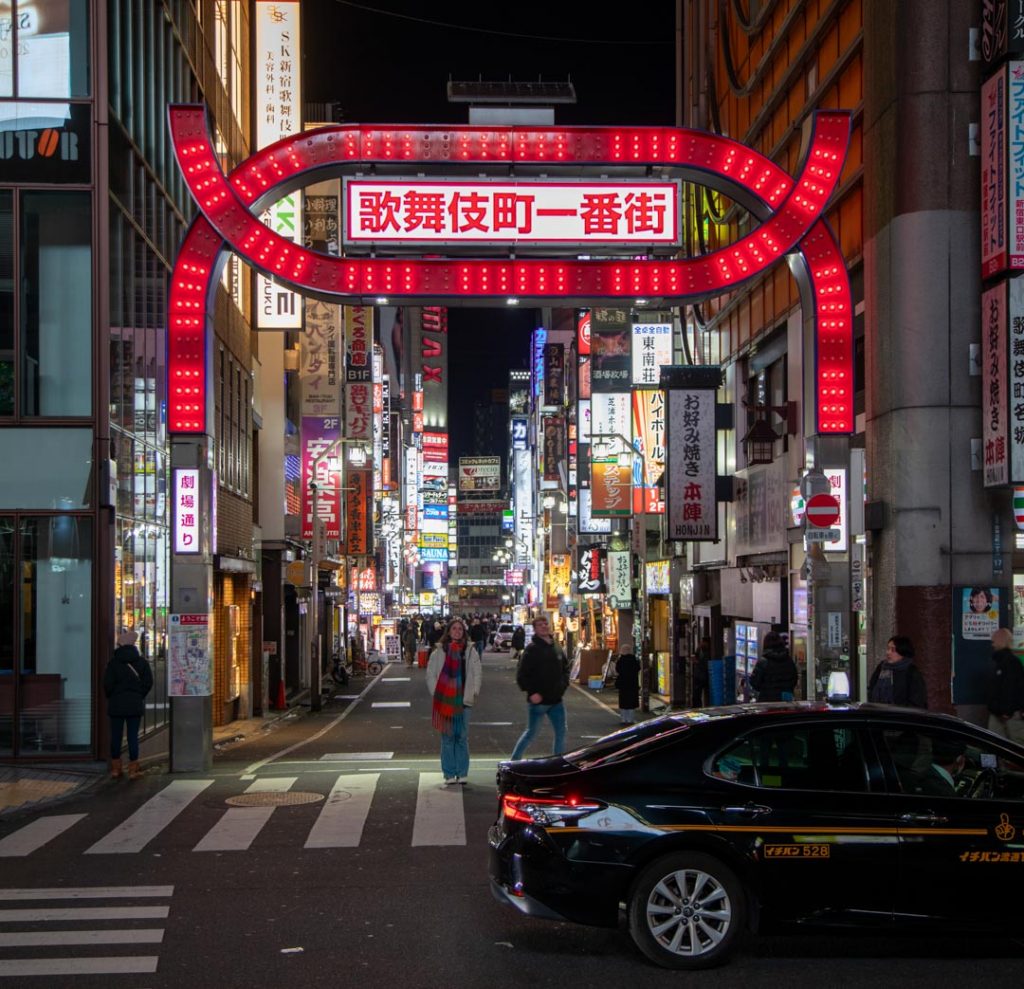
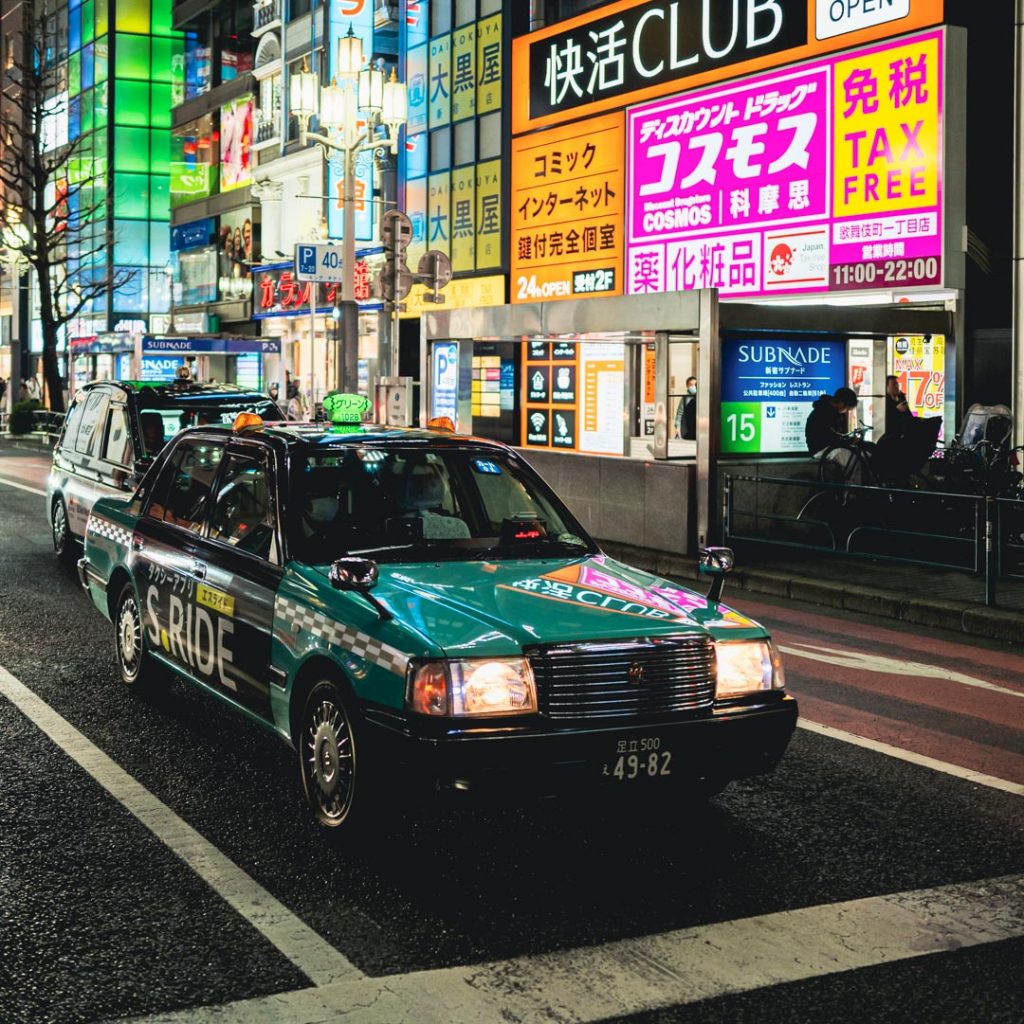




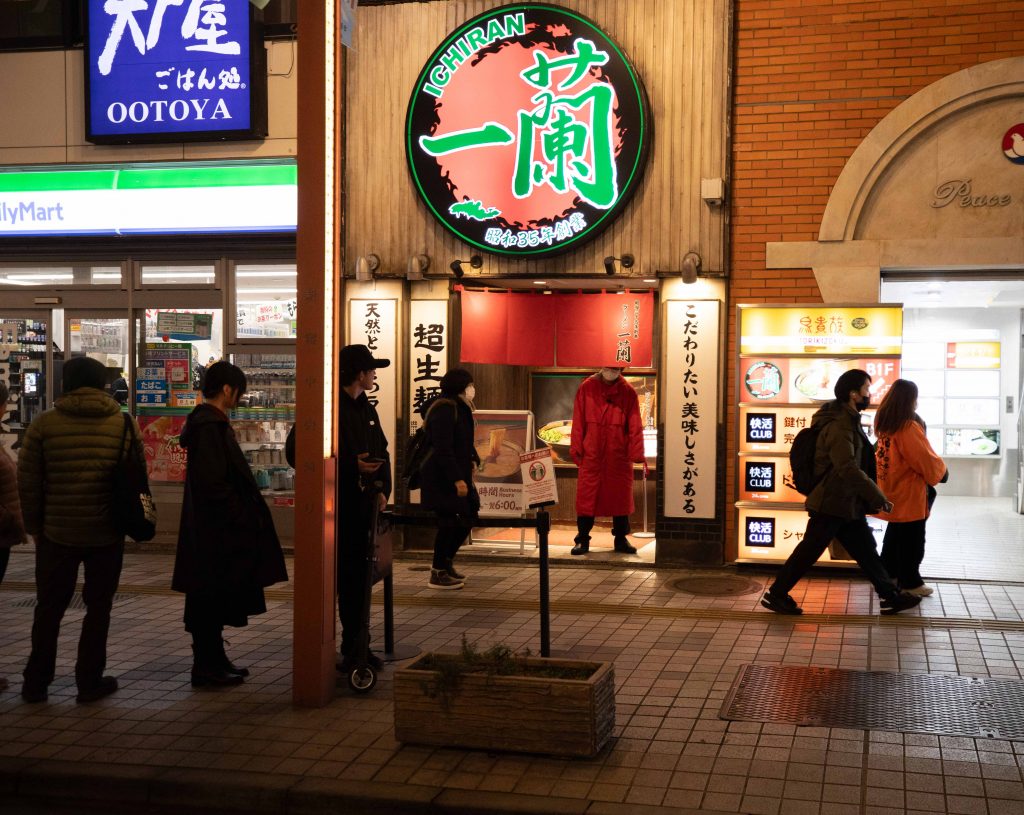
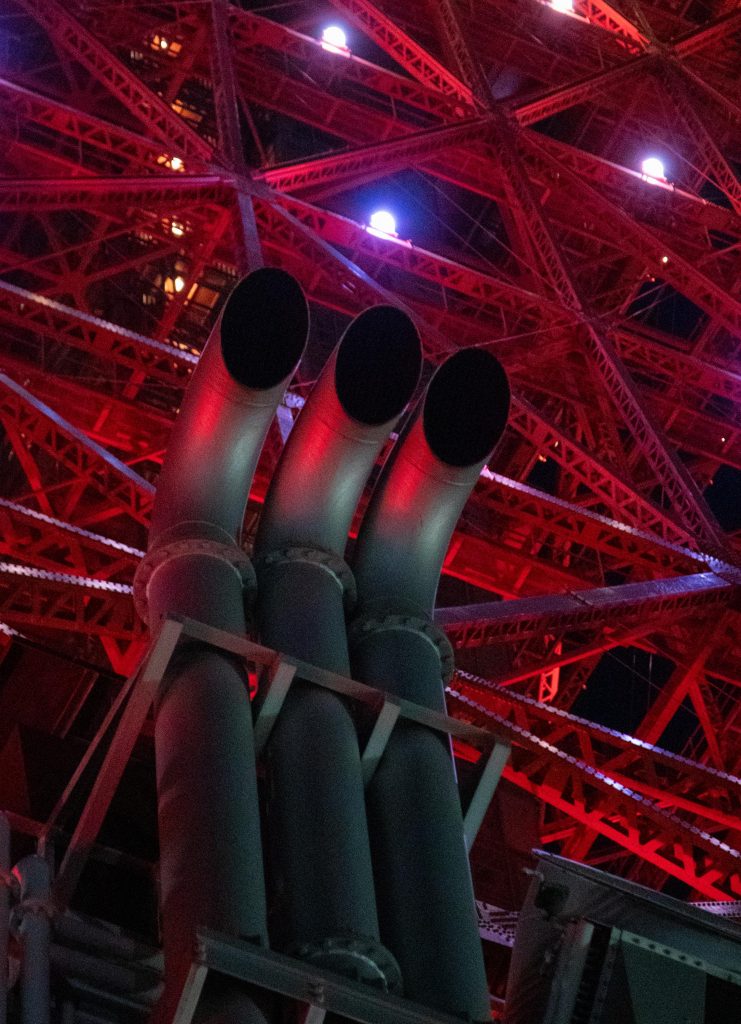
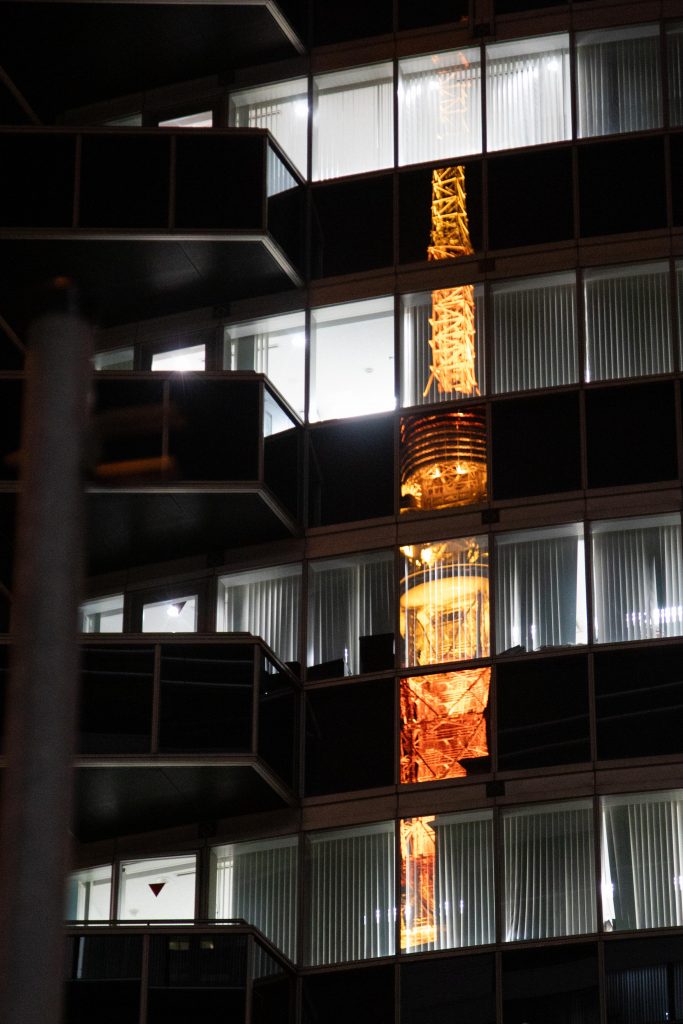
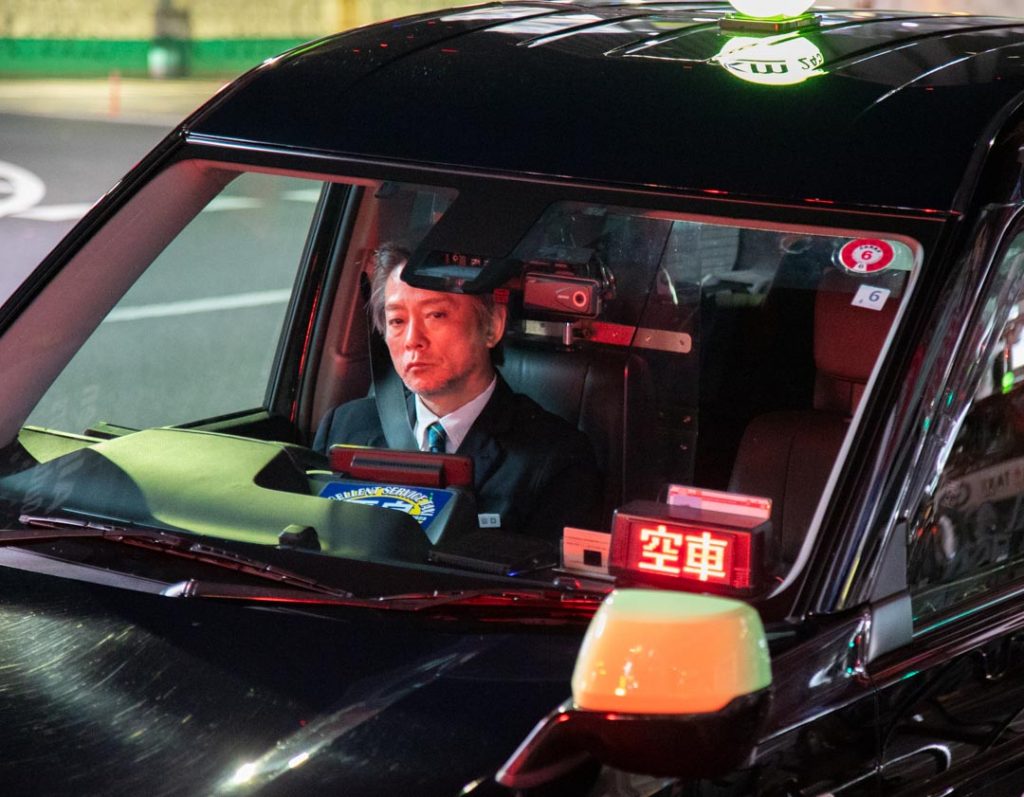

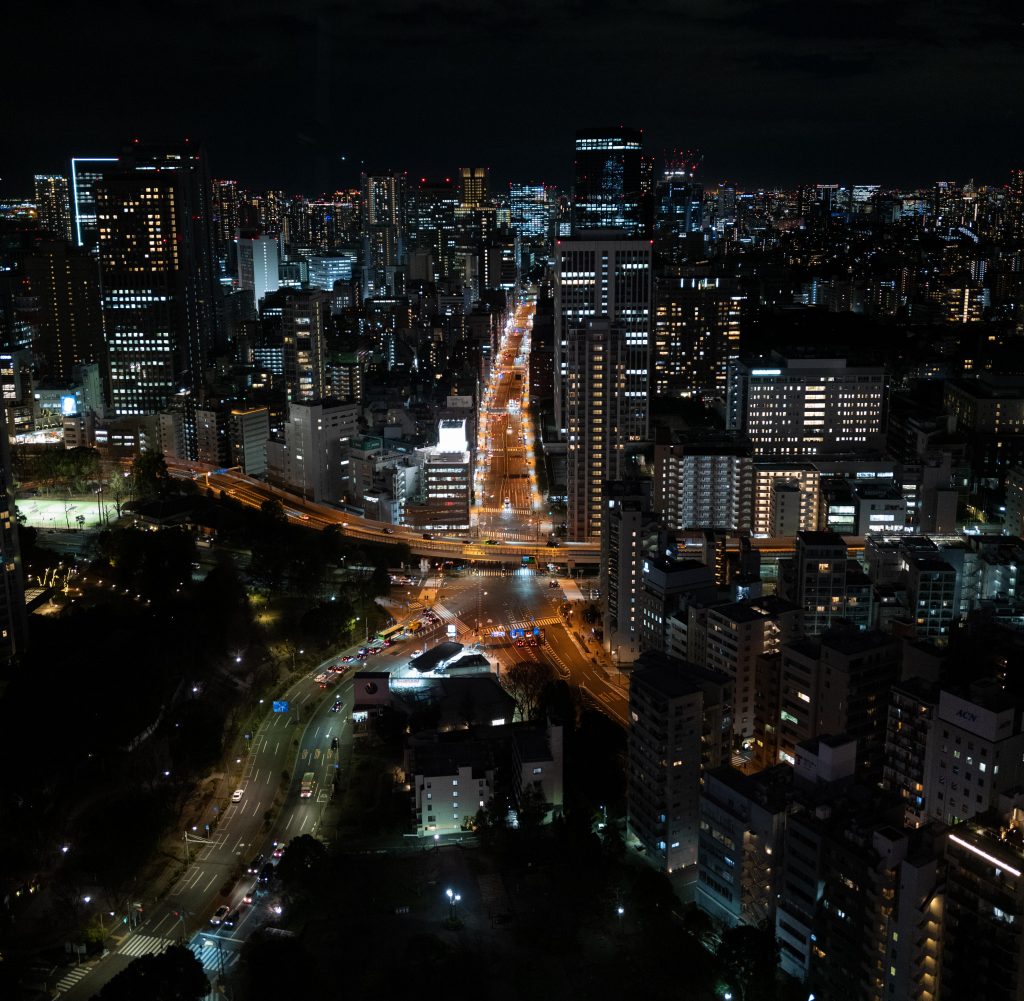
Be First to Comment